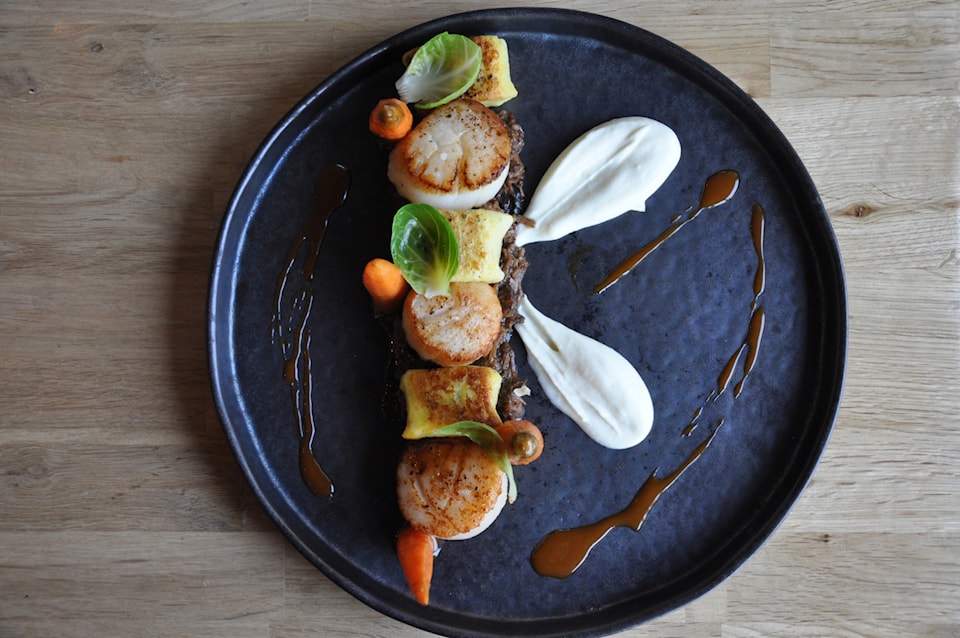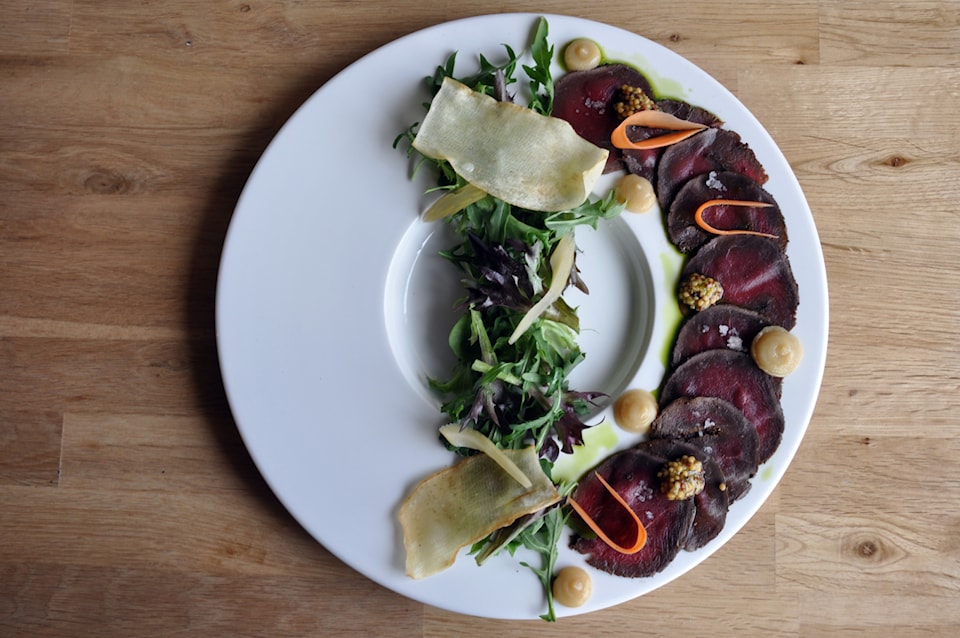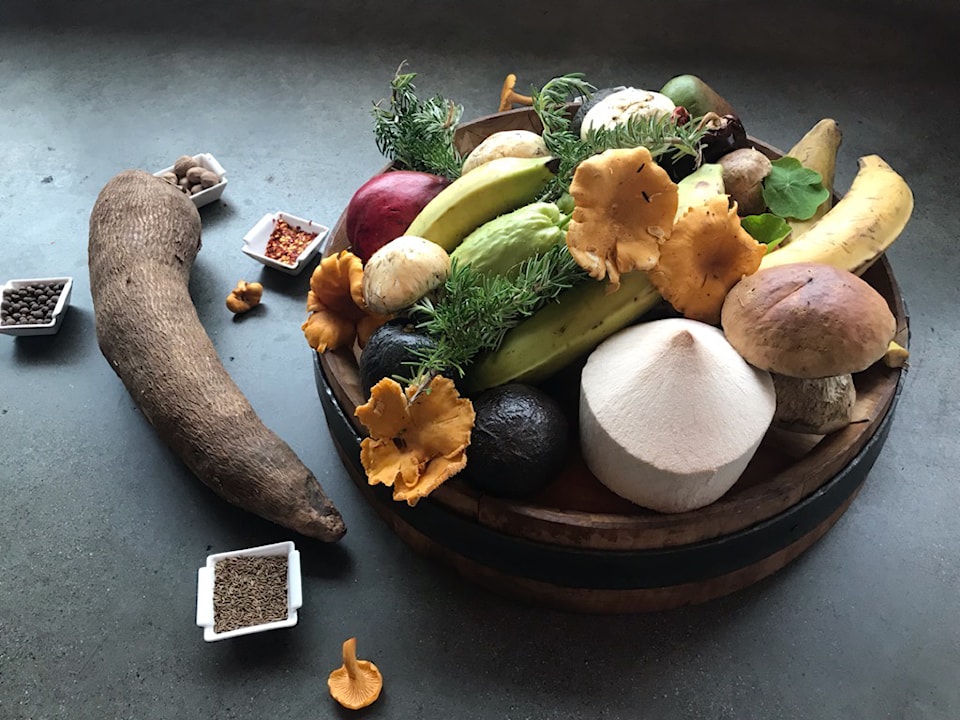What do fish and chips, chop suey and butter chicken poutine have in common?
They are all examples of fusion cuisine, the brainchild of human cultural overlap that is sometimes criticized, but universally loved (even by those who think they don’t like fusion cuisine).
Cross-cultural food influences are as old as human trade routes, and some of our favourite classic dishes (for example, spaghetti with tomato sauce or fish and chips) are in fact the result of cultural fusion in food. While the modern use of the term “fusion cuisine” was first used in France to describe nouvelle cuisine –French ingredients married to Japanese techniques – it has come to have a much broader meaning: any cultural mixing, mash-up or influence between cuisines of different cultures.
No matter what you call it, fusion cuisine is a fact of human life, and largely a positive one. Where it can go wrong (ingredients that don’t pair well, dismal cultural appropriation, overly complicated techniques) is usually dwarfed by what can go right – inventive combinations of flavours and techniques that create an exciting mix of both cultural admiration and sheer creativity.
To Dhivya Subramanian, a Toronto-based food content creator of Indian descent, fusion is a “delightful way to experience the best of both worlds on a single plate.” For her, fusion “not only leads to the creation of exciting new cuisines but also beautifully represents my multicultural upbringing.”
The concept of cross-cultural food will almost always interest and excite people. However, fusion cuisine as a restaurant genre was once seen as very controversial – even as the “f word” among chefs for its “bastardization of classic dishes” and as being hyper-trendy with no staying power. Now, it has arguably become the most important commercial food trend of the last 40 years.
Castro Boateng, chef and owner of House of Boateng on Vancouver Island, loves to combine ingredients from his Ghanaian heritage for his restaurant’s menus. This type of fusion cuisine allows him “to create new flavour combinations and interesting dishes that aren’t seen on most west coast menus.”
For instance, his very popular African Brunch Bowl is a Canadian brunch-style concept, built on a base of jollof rice, topped with locally sourced sausage, eggs and greens, and flavoured with Ghanaian hot sauce. This blending of cultures has resulted in something truly delicious. Chef Castro says his customers love it so much, he can’t take it off the menu.

What I, as a chef, see as the big problem with the term “fusion cuisine” is not its perceived trendiness nor its possible pitfalls of poorly matched ingredients. It is that it has been largely tied to how European and North American chefs cook, blocking out professionals from other parts of the world.
But fusion cuisine is for everyone and always has been. It is for every chef, cook and enthusiastic eater of any culture. It has too long been viewed in North America from the perspective of a white person of European descent playing around with “ethnic ingredients.”
Currently, fusion cuisine is getting new life as we move away from this Euro-centric lens. Thanks in a large part to social media, we are witnessing a showcase of cooks from around the world, and their perspectives on cross-cultural cuisines. This has led to an explosion of creativity, proper credit given and increasing familiarity with ingredients and techniques from cuisines outside of the West.
This brings joy and interest to any cook, at any level.
Dhivya sums it up well, saying, “I love pulling together ingredients, spices and cooking techniques from various cultures to create meals that represent my heritage and travels. It’s like telling a story on a plate… while my dishes may not be authentically tied to any one region, they are genuinely reflective of who I am.”
At its finest, fusion cuisine is about reinvention, not just mixing ingredients. Sometimes an entirely new cuisine is born from the overlap of distinct cultures. Some notable examples of a fully developed fusion cuisine include Mexican (a blending of Mayan, Aztec and Spanish cuisines), Filipino (a blend of indigenous, Spanish and Chinese influences) and American Chinese (a distinct cuisine developed by Chinese-Americans who adapted Chinese cuisine to suit local ingredients and American palates).
But an equally important part of fusion is playing around in the kitchen, and discovering cross-cultural sharing within a single dish – a food mash-up, as it were – like a Korean fried chicken taco, a sushi burrito and a butter chicken poutine, among many other delicious ideas. These are generally the invention of a single person, or several individuals around the same time, sparked by exposure to new ingredients and recipes. Dhivya, for example, says she makes “a mean Aloo Gobi taco and a delightful roasted tandoori chickpea hummus.”

At its heart, fusion is a celebration of inclusiveness and creativity.
Chef Castro lives this every day in his restaurant: “I employ my team from all over the world. I think this is what makes House of Boateng so special. Our team consists of people from Africa, Japan, Mexico, Philippines, Vietnam, Canada and Argentina. With all these cultures under one roof, we are able to get ideas and techniques that have been passed on from generations.”
Fusion cuisine is growing, and Chef Castro thinks “it’s only going to increase because we are starting to have more diverse populations in (B.C.).”
And you’ll find it in our homes already. How many of us use ingredients now that we didn’t know existed in our childhoods? I love to cook with ingredients and techniques from around the world, but every time I do, I am making adaptations based on what is available here in B.C., and based on what suits my palate and interest, necessarily creating a mini-fusion cuisine of my own.
This happens in a more extensive way in “third culture” families. Dhivya, who was born in India, grew up in the Middle East, and is now raising her family in Canada, says, “Many of my recipes are deeply rooted in my Indian heritage, yet they often incorporate techniques or spices from other cultures, inspired by my travels. I love drawing parallels between different culinary traditions, finding common threads that connect them in delicious and unexpected ways.”
The modern term “fusion cuisine” was coined and carried by white chefs who loved to sprinkle ingredients and techniques from other cultures into their predominantly Euro-centric food. But seeing that way does fusion a disservice.
Fusion cuisine is fun, it’s creative and it’s for everyone. The future of fusion cuisine is in the hands of us all.



